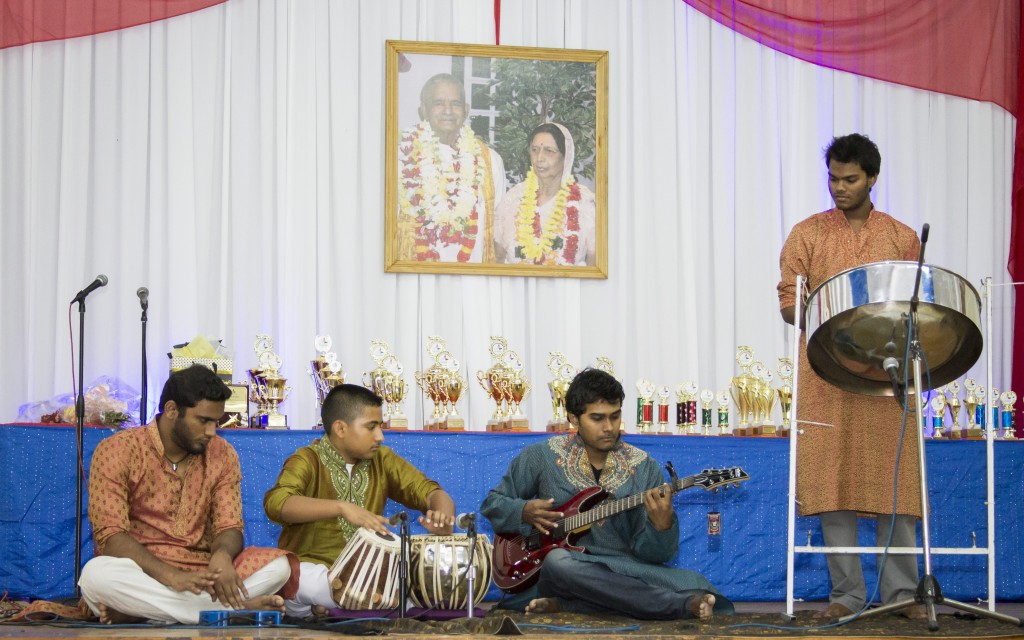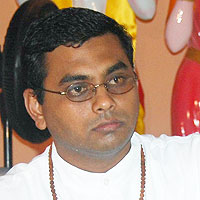 From ancient times, through the modern and postmodern ages of technology, music has undergone continuous re-creation alongside the evolution of world societies. Music mirrors life itself and can be considered one of the chief tools of expression for all time. In contemporary societies, there has been the creation of new genres of music as well as radical development across different genres.
From ancient times, through the modern and postmodern ages of technology, music has undergone continuous re-creation alongside the evolution of world societies. Music mirrors life itself and can be considered one of the chief tools of expression for all time. In contemporary societies, there has been the creation of new genres of music as well as radical development across different genres.
Good music is often considered awe-inspiring and emotionally moving. It remains one of the main media of communication among humans and between humans and God. Music has been formally called ‘Dev baani’ or “the language of the gods”. Why is music such a popular form of communication? Music is inspiring; it taps into the creative aspects of man. It gives solace to the hopeless and can even be transformational. Music also possesses a psychological dimension in which the processes of cognition and perception interplay to create positive attributes and expression within the individual. It is no wonder then, that many of the Deities carry their own musical instrument; for example, Bhagavan Shiva plays the ‘damaru’ (drum), Saraswati Mata carries the ‘veena’ (stringed instrument) and Krishna Bhagavan, the ‘baansuri’ (flute).
The question may be posed: How has the development and promotion of Hinduism been affected by the ongoing evolution of East Indian music? The dynamic potential and universal nature of this deeply scientific system of music, created from the ‘saptak’ or seven notes, has initiated transnational interest between the oriental and western worlds. With the many variations that have evolved from this art form, its attraction to everyone is not surprising. Additionally, Indian music has created a global voice for Indian people, who have composed new musical genres with wide international appeal. These genres have resulted in a new mode of expression for ideologies, emotions and attitudes about social issues, politics, religion and other topical trends. Despite the popularity of these new genres, Indian music has retained its essence. It is largely for these reasons that artistes and listeners find music to be a preferred medium of expression.
Music is one of the most promising subjects of scientific research. Its very nature allows for multiple forms of manipulation. This has contributed to the diversity that abounds today with the proliferation of old and new ‘ragas’ as well as new genres of music using contemporary instruments. The use of ‘remixes’ is the origin of this music storm, in which entirely different genres are fused to form new genres. A local example is the chutney soca compositions performed in Trinidad and other parts of the Caribbean.
The existence of traditional and evolving forms of music, side by side, is reflective of a dynamic society where artists can express themselves in a variety of ways. Music is therefore a fundamental element of human expression in the world today.


